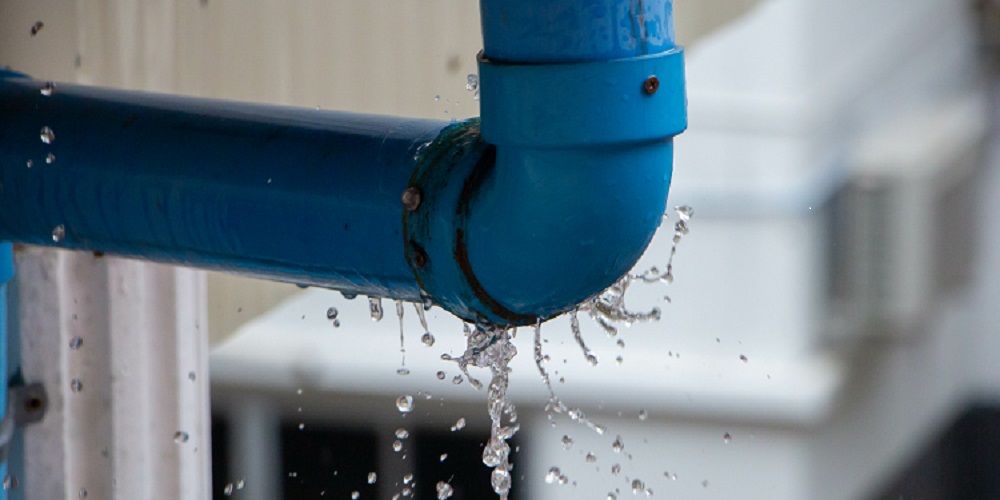We have unearthed this post relating to Leaking water lines directly below on the internet and believe it made good sense to discuss it with you on this page.

Early detection of dripping water lines can mitigate a possible disaster. In addition to saving you cash, it will certainly decrease the aggravation and frustration. The minute you locate a leakage, calling your plumber for repair work is the very best remedy. Some tiny water leaks may not be noticeable. If you can not find it with your naked eyes, below are some hacks that aid.
1. Analyze the Water Meter
Every house has a water meter. Checking it is a surefire manner in which assists you find leakages. For beginners, switch off all the water sources. Guarantee no person will certainly flush, make use of the faucet, shower, run the washing device or dishwashing machine. From there, most likely to the meter and also watch if it will certainly alter. Since no person is using it, there must be no movements. That indicates a fast-moving leak if it relocates. If you discover no changes, wait a hr or 2 as well as examine back again. This indicates you may have a slow leakage that might also be underground.
2. Inspect Water Intake
Examine your water costs and track your water usage. As the one paying it, you must notice if there are any inconsistencies. If you detect sudden changes, regardless of your consumption being the same, it means that you have leaks in your plumbing system. Keep in mind, your water expense must fall under the exact same range every month. A sudden spike in your costs shows a fast-moving leakage.
A steady increase every month, also with the very same routines, shows you have a slow leakage that's additionally slowly rising. Call a plumber to thoroughly inspect your property, specifically if you feel a warm location on your flooring with piping beneath.
3. Do a Food Coloring Test
When it comes to water intake, 30% comes from bathrooms. If the shade somehow infiltrates your dish during that time without flushing, there's a leakage in between the container and also dish.
4. Asses Outside Lines
Don't fail to remember to check your exterior water lines too. Must water seep out of the connection, you have a loosened rubber gasket. One little leak can squander tons of water and also increase your water bill.
5. Examine as well as Assess the Scenario
Homeowners must make it a practice to examine under the sink counters and also inside cabinets for any type of bad odor or mold growth. These two red flags show a leak so punctual attention is needed. Doing regular evaluations, even bi-annually, can conserve you from a major trouble.
Inspect for stainings as well as weakening as many appliances and pipes have a life span. If you presume dripping water lines in your plumbing system, do not wait for it to escalate.
Early detection of leaking water lines can reduce a prospective calamity. Some little water leakages might not be noticeable. Examining it is a surefire means that aids you find leaks. One little leak can waste loads of water and also increase your water expense.
If you suspect dripping water lines in your plumbing system, do not wait for it to intensify.
WARNING SIGNS OF WATER LEAKAGE BEHIND THE WALL
PERSISTENT MUSTY ODORS
As water slowly drips from a leaky pipe inside the wall, flooring and sheetrock stay damp and develop an odor similar to wet cardboard. It generates a musty smell that can help you find hidden leaks.
MOLD IN UNUSUAL AREAS
Mold usually grows in wet areas like kitchens, baths and laundry rooms. If you spot the stuff on walls or baseboards in other rooms of the house, it’s a good indicator of undetected water leaks.
STAINS THAT GROW
When mold thrives around a leaky pipe, it sometimes takes hold on the inside surface of the affected wall. A growing stain on otherwise clean sheetrock is often your sign of a hidden plumbing problem.
PEELING OR BUBBLING WALLPAPER / PAINT
This clue is easy to miss in rooms that don’t get much use. When you see wallpaper separating along seams or paint bubbling or flaking off the wall, blame sheetrock that stays wet because of an undetected leak.
BUCKLED CEILINGS AND STAINED FLOORS
If ceilings or floors in bathrooms, kitchens or laundry areas develop structural problems, don’t rule out constant damp inside the walls. Wet sheetrock can affect adjacent framing, flooring and ceilings.
https://www.servicemasterbyzaba.com/blog/how-to-detect-water-leakage-in-walls/

I ran across that piece on Finding hidden leaks when surfing around the search engines. If you enjoyed our post plz be sure to share it. Thanks a lot for your time. Visit us again soon.
Secure fix? Ring!